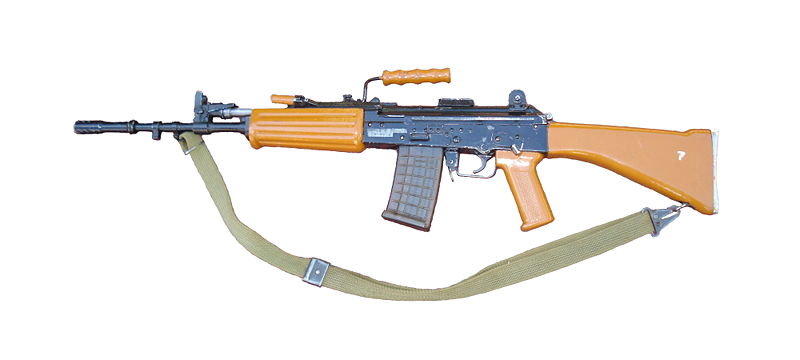Indian troops suffer a particularly bad experiment in local sourcing of equipment:
In 1999, the Indian Army fought a three-month-long undeclared war with Pakistan. It was also the combat debut of India’s new INSAS battle rifle.
The INSAS is a very bad rifle.
During the conflict — waged over the disputed and mountainous Kargil district in the province of Kashmir — the Indian troops’ rifles jammed up, and their cheap, 20-round plastic magazines cracked in the cold weather.
Designed to shoot in semi-automatic and three-round burst modes, some soldiers would pull the trigger, and the gun would unexpectedly spray rounds like a fully automatic.
Soldiers also preferred the heavier 7.62-millimeter rounds in the FAL rifle, which the INSAS and its 5.56-millimeter rounds replaced.
Then in 2005, Maoist rebels attacked a Nepalese army base. The Nepalese troops had INSAS rifles bought from India. During the 10-hour-long battle, the rifles overheated and stopped working. The Maoists overran the base and killed 43 soldiers.
“Maybe the weapons we were using were not designed for a long fight,” Nepalese army Brig. Gen. Deepak Gurung said after the battle. “They malfunctioned.”




